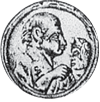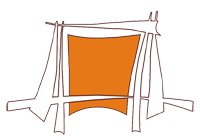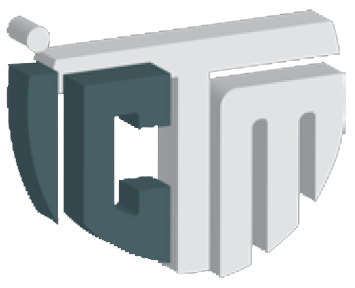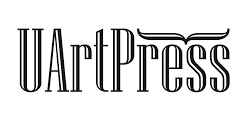Integrarea permanantă a mediului online în învățământ
DOI :
https://doi.org/10.46522/S.2023.S2.4Mots-clés :
innovation, technology, modernization, integration, transitionRésumé
The Permanent Integration of Online Teaching in Pedagogy
This article talks about how the online medium is very useful and should become an even more integral part in teaching. Many theoretical subjects being able to be taught to students with the same efficiency regardless if it is done in person or via online. Such a permanent integration will take time and teachers will need to start to be taught the usage of computer to a greater extent so that they will encounter less impediments in online teaching, but like any major or minor reforms in pedagogy there's more things to address and more people should give their take on it.
Références
BRENT, Wilson, 1996. Constructivist learning environments: case studies in instructional design. New Jersey: Englewood Cliffs, Educational Technology Publications.
CARLILE, Orison, JORDAN, Anne, 2005. It Works in Practice but Will It Work in Theory? The Theoretical Underpinnings of Pedagogy. Dublin: AISHE.
EARNEST, R. Hilgard, GORDON, H. Bower, 1981, Theories of Learning, India: Private Limited
HONEBEIN, P.C., 1996. Seven goals for the design of constructivist learning environments. Washington D.C: ICS Publications.
MALONE, John C., 2017. John B. Watson. Tennesse: Springer International Publishing.
MUSTAFA, Dogru, SUNA, Kalender, 2007, Applying the Subject "Cell" Through Constructivist approach during Science Lessons and the Teacher's View, Ankara: Universityof Gazi
WATSON, John B., 1924. Behaviourism. South Carolina.
WENGER, E., 1998, Communities of practice: Learning, Meaning and identify, Cambridge: Cambridge University Press.
Téléchargements
Publiée
Comment citer
Numéro
Rubrique
Licence

Ce travail est disponible sous la licence Creative Commons Attribution 4.0 International .
CC-BY permet toute utilisation, reproduction, distribution, auto-archivage et citation de l'œuvre, à condition que les auteurs soient crédités. Les données bibliographiques complètes de la revue doivent également être indiquées ; vous pouvez les trouver dans la section "Comment citer" de cette page. Si possible, veuillez également insérer un lien vers la publication originale. Le droit d’auteur des articles appartient aux auteurs.








